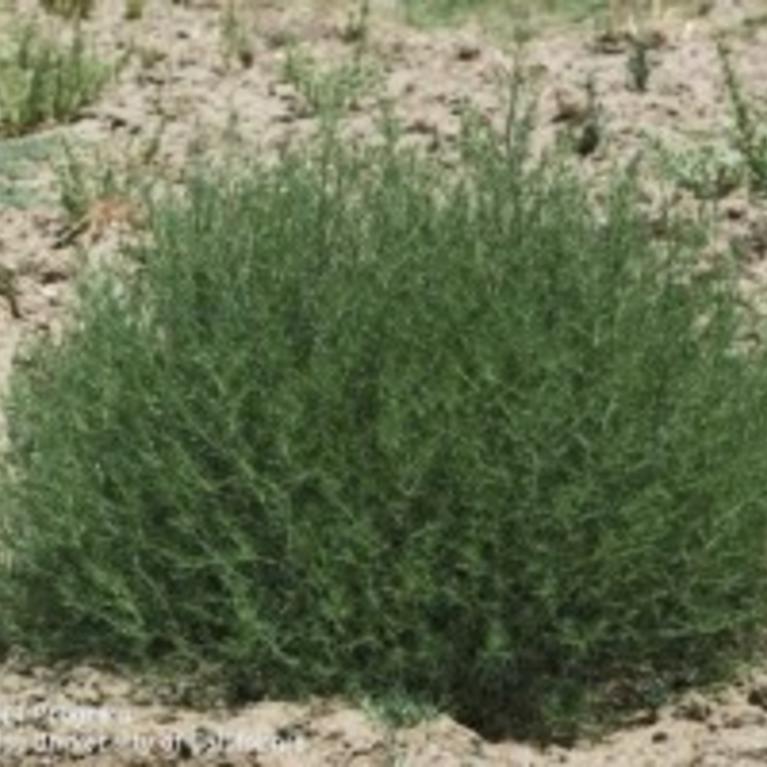
CISR: Russian Thistle
The Situation: Russian thistle, commonly known as tumbleweed, is a profusely branched annual herb. Its efficient taproot, abundant seed production and reduced leaf surface adapt this weed well to disturbed semiarid agricultural environments, rangeland and nonagricultural areas such as vacant resident lots and railroad or highway rights-of-way. It has become pervasive as an exotic weed...
By CISR Team |
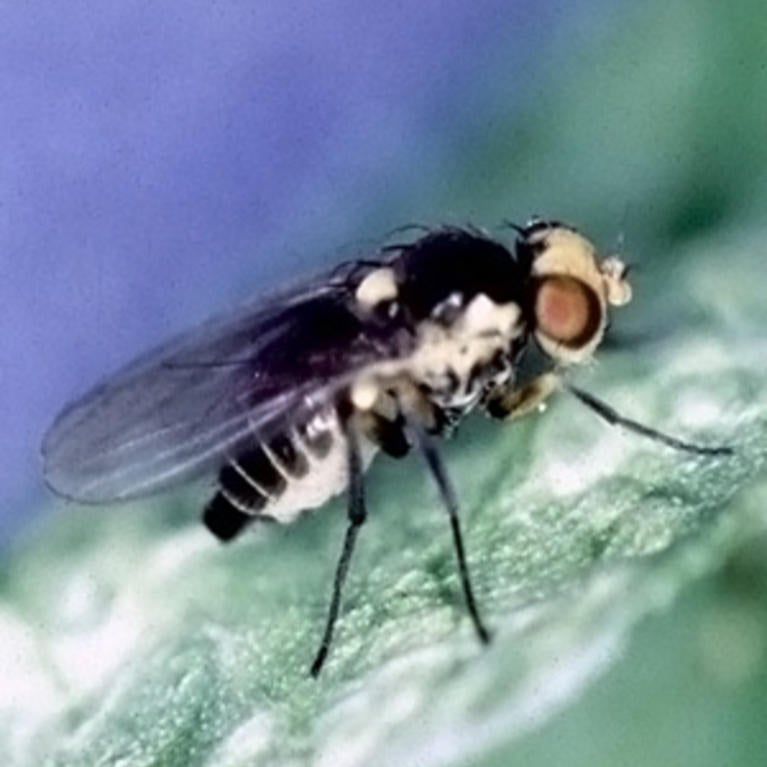
CISR: Pea Leafminer
The Situation: A new biotype of the pea leafminer was introduced in Northern California and is expanding rapidly into Central and Southern California. Already this insect has become a major pest of vegetable crops from Monterey to Ventura Counties. It has spread as far north as Placer County and as far south as Las Vegas...
By CISR Team |

CISR: Saltcedar
Damage: Once established, saltcedar is tolerant to high salinity and secretes salt at a high rate which is deposited on the soil surface to the detriment of native plant species. Saltcedar increases fire frequency within the riparian habitats it dominates because of its high levels of dead leaves and branches that provide fuel for fires...
By CISR Team |
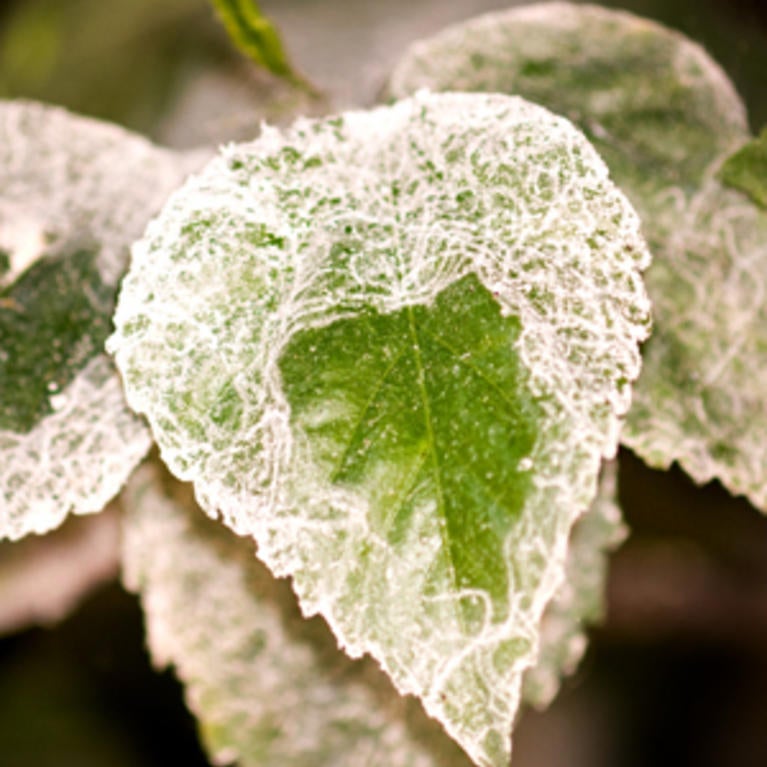
CISR: Giant Whitefly
The Situation: The giant whitefly, a pest of over 50 common ornamental plants, was discovered in southern San Diego County in 1992. It continues to extend its range northward into California where it was found around San Luis Obispo on the central Coast by the late 1990’s, and by around 2005 this pest was established...
By CISR Team |

CISR: Silverleaf Whitefly
The Situation: When the silverleaf whitefly (SLW) (also known as Bemisia tabaci strain B) struck southern California’s desert valleys in fall 1991, clouds of these tiny insects could be seen moving across the region, which produces 90 percent of the fall and winter vegetables grown in the U.S. Research conducted at the University of California...
By CISR Team |
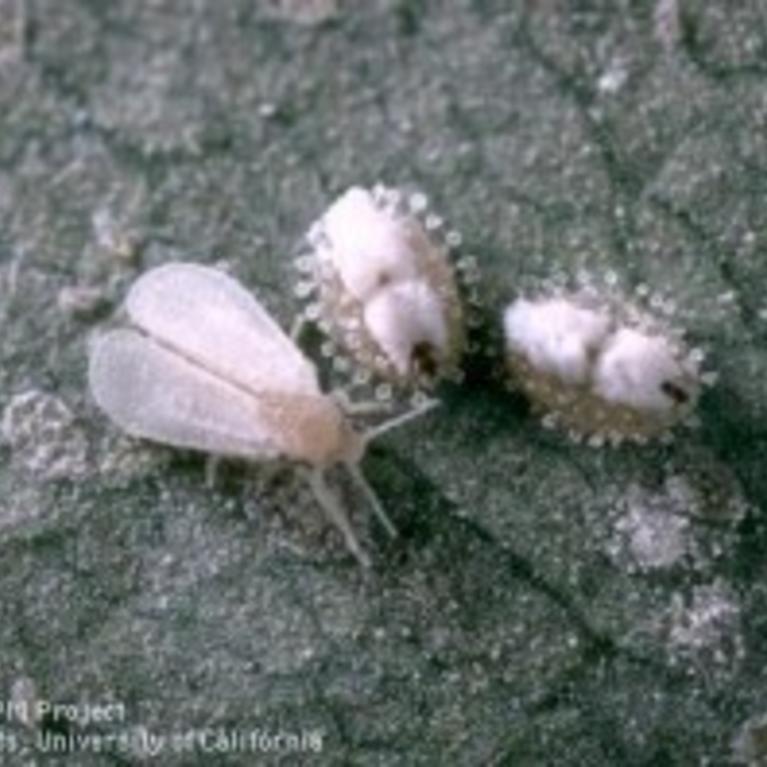
CISR: Ash Whitefly
The Situation: Ash whitefly represents an outstanding biological control success in California. Ash whitefly was first introduced into California in the late 1980s and was a significant pest of fruit and shade trees such as ash, pear and pomegranate. In the absence of natural enemies, ash whitefly populations exploded out of control. The pest originated...
By CISR Team |
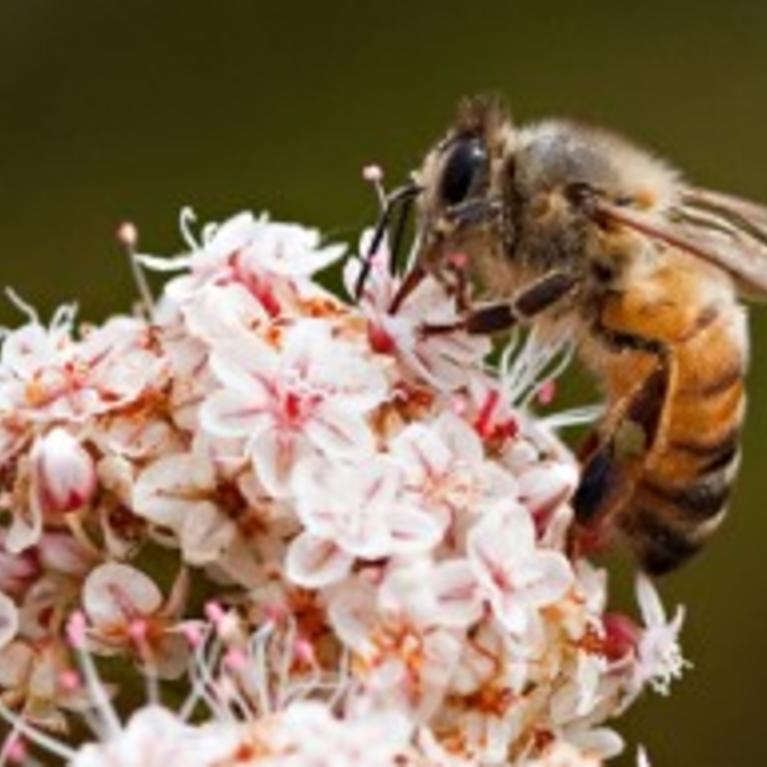
CISR: Africanized Honey Bee
The Situation: Africanized honey bees (AHB) are a hybrid between European and African bee subspecies which were inadvertently released in Brazil in the 1950s. They have spread to the south as far as northern Argentina and to the north into the United States, as well as throughout much of South and Central America. They entered...
By CISR Team |
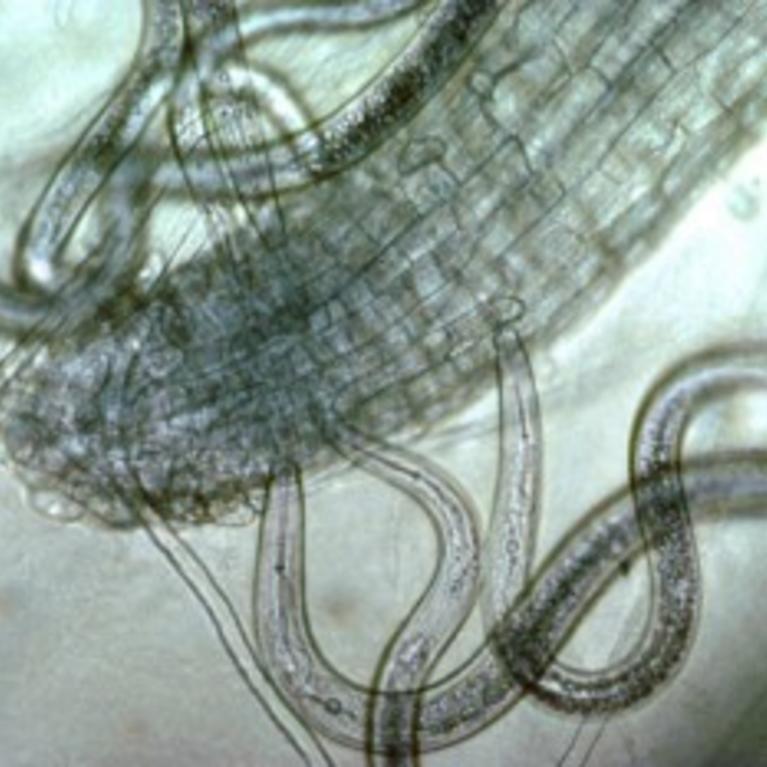
CISR: Sting Nematode
The Situation: The Sting nematode is an important pathogen on most agricultural and horticultural crops, including turf, citrus and grapes. This ectoparasite is native to sandy soils in the southeastern and Midwestern United States. In 1992, UC Riverside nematologists discovered that several golf courses in the Coachella Valley were heavily infested with sting nematodes. The...
By CISR Team |

CISR: Western Flower Thrips
The Situation: In southern California, the native western flower thrips (WFT) Frankliniella occidentalis is the most common vector responsible for transmission of an exotic plant virus, Tomato Spotted Wilt Virus (TSWV). The pathogen was discovered on tomatoes in 1915 in Australia, and has been spreading around the world ever since. TSWV is a tospovirus (Bunyaviridae)...
By CISR Team |

CISR: Citrus Leafminer
The Situation: Originating in Asia, the citrus leafminer (CLM) was first discovered in Florida in 1993. These small moths rapidly became a significant pest, with infestation rates of up to 90% in some areas in Florida being observed within the year of introduction. By 1995, the citrus leafminer was discovered in Texas, Central America, western...
By CISR Team |
Let us help you with your search